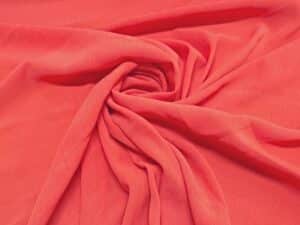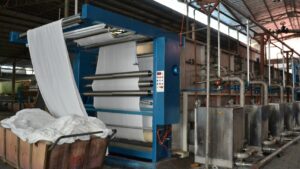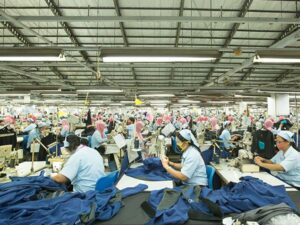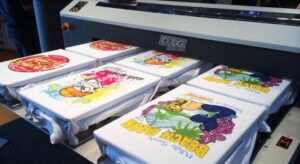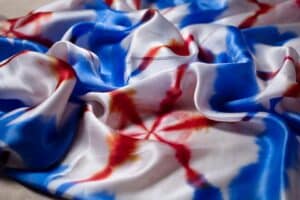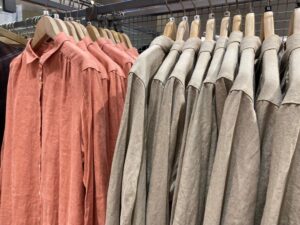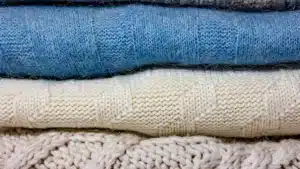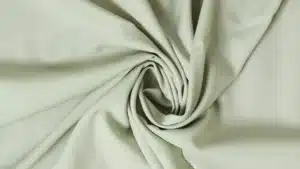
Comparing CMT and FPP in Apparel Manufacturing
Explore the key differences between CMT and FPP manufacturing methods.
Features | CMT (Cut, Make, Trim) | FPP (Full Production Package) |
|---|---|---|
Control over materials | You select main materials used. | Manufacturer sources materials for you. |
Production responsibility | You manage material sourcing. | Manufacturer handles all production tasks. |
Cost efficiency | Can be cheaper for experienced brands. | Higher upfront costs for convenience. |
Flexibility in design | High flexibility for custom designs. | Less flexibility in material choices. |
Scalability | Limited scalability due to logistics. | Easier to scale production efficiently. |
Time management | Requires more time from the brand. | Speeds up the overall process. |
Expertise required | Requires sourcing and production knowledge. | Less expertise needed for management. |
Quality control | You ensure the quality of materials. | Manufacturer ensures whole quality control. |
Ideal for startups | Not ideal for inexperienced brands. | Great for startups needing support. |
For brand owners, when it comes to custom clothing manufacturing, you can choose between two main approaches: CMT and FPP.
CMT gives you control over materials and design, making it ideal for brands that prioritize customization. However, this control requires you to manage sourcing and production logistics.
On the other hand, FPP simplifies the production process by offering an all-inclusive service. This approach allows you to focus on design and marketing while leaving manufacturing to experts. Your choice depends on factors like budget, flexibility, and the complexity of your clothing production needs.
Key Takeaways For Brand Owners
CMT lets you control materials and design. It’s great for brands wanting custom clothing manufacturing.
FPP makes production easier by manufacturer's managing materials and prodution. This lets you focus on design and growing your brand.
Pick CMT if you know how to get materials and arrange logistics. Choose FPP if you want an easier process.
Think about your budget: CMT can cost less for skilled businesses. FPP costs more at first but saves time later.
Look at your business needs and goals. Pick CMT or FPP based on what fits your brand best.
Understanding CMT Manufacturing
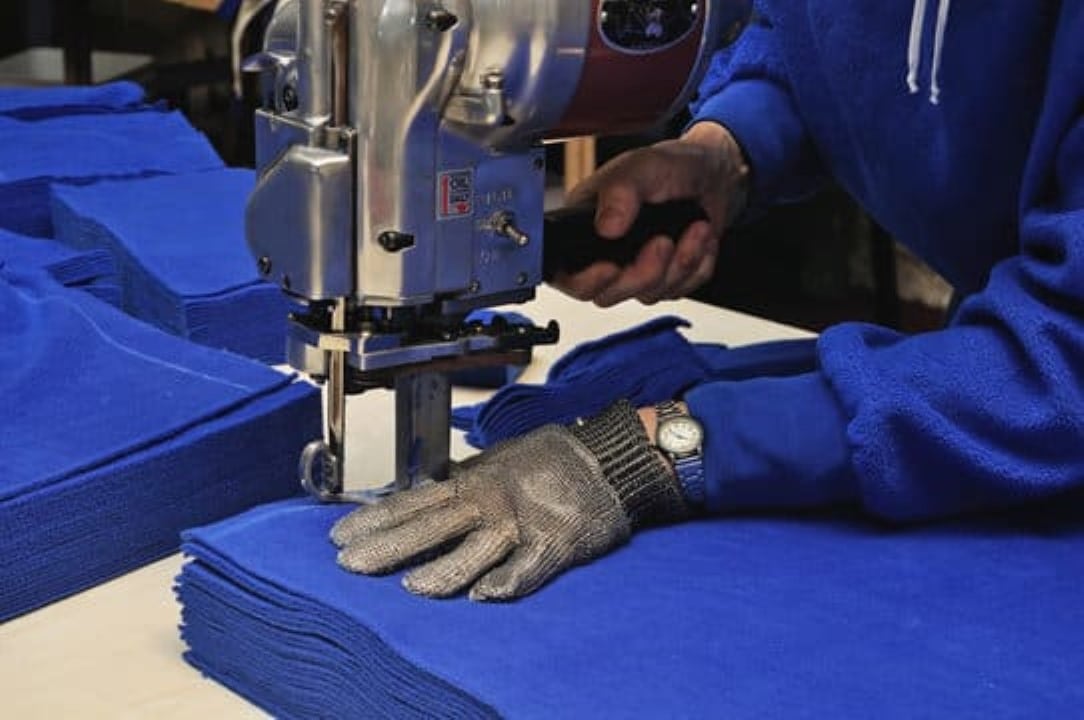


What is CMT?
CMT, short for Cut, Make, Trim, is a manufacturing method where you, as the client, provide the materials and designs while the manufacturer handles the production process. This approach allows you to retain control over key aspects of your product, such as fabric selection, branding, and design details. CMT manufacturing is particularly popular among businesses that prioritize customization and want to oversee the creative elements of their apparel.
How Does CMT Work?
The CMT method involves three primary steps:
Cutting: The manufacturer uses your design to make patterns to cut the fabric into the required shapes and sizes.
Making: The cut pieces are printed or embroidered with custom logo and sewn together to create the final product. During this stage, manufacturers also conduct quality control to ensure correct printing, embroidery, stitching and construction.
Trimming: The final step includes trimming off loose and extra threads, ironing and packing followed by a thorough inspection to ensure the product meets your standards.
This structured process ensures that your designs are brought to life while maintaining high production standards.
Advantages of CMT
Greater control over materials and design
One of the biggest advantages of CMT manufacturing is the control it gives you. You can choose the exact fabrics, accessories, and branding elements that align with your vision. This flexibility makes the CMT method ideal for businesses that want to create unique, high-quality customized products. Additionally, you can oversee the production process to ensure that every detail matches your expectations.
Cost savings for experienced businesses
CMT production can be cost-effective if you already have experience in sourcing materials and managing logistics. By outsourcing only the production steps, you minimize expenses on machinery and labor while still accessing expert manufacturing services. This approach also allows you to adjust production volumes based on market demand, giving you the flexibility to scale your business efficiently.
Disadvantages of CMT
Requires sourcing and managing materials and logistics
CMT manufacturing places the responsibility of sourcing materials directly on you. This means you must find and purchase main fabrics and maybe other components needed for the products. While this gives you control, it also demands significant time and effort. You need to research suppliers, negotiate prices, and ensure the materials meet your quality standards. Without proper planning, this process can become overwhelming. The material suppliers would ask you to pay for the materials before the production.
Managing materials also involves coordinating their delivery to the manufacturer. Delays in shipping or errors in orders can disrupt the production timeline. For example, if the fabric arrives late or in short quantity, the manufacturer cannot proceed with the cutting stage. This adds stress and may lead to missed deadlines. The CMT method works best if you have experience in handling these logistics.
Higher risk of errors or delays
The CMT approach increases the chances of errors during production. Since you provide the materials, any mistakes in sourcing or preparation can affect the final product. For instance, incorrect measurements, low-quality or short quantity of fabrics may result in defective items.
Delays are another common challenge in CMT manufacturing. Coordinating multiple suppliers and ensuring timely delivery requires careful management. If one part of the process falls behind, the entire production schedule may suffer. This risk grows when working with international suppliers, where shipping times and customs clearance can add complications. To minimize these risks, you must maintain clear communication with both suppliers and manufacturers.
Exploring FPP Production
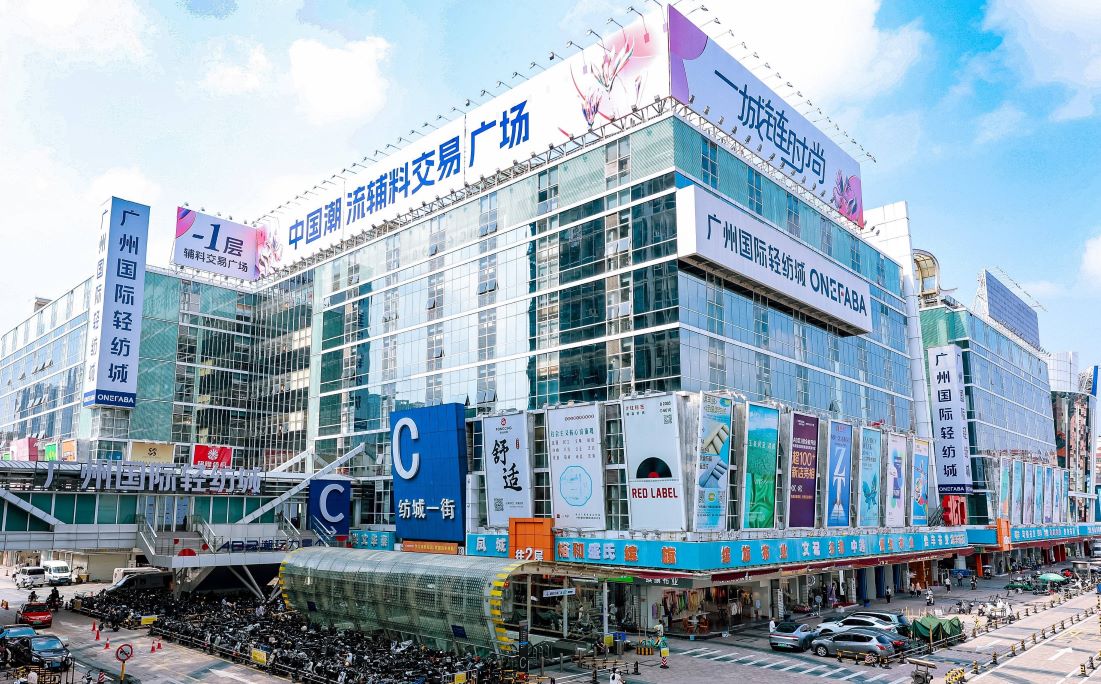
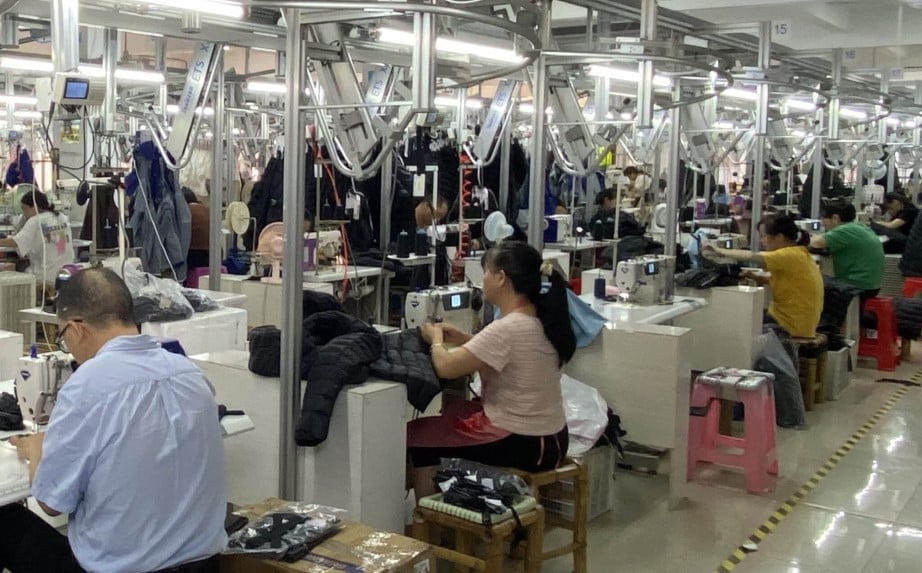
What is FPP?
FPP, or Full Production Package, is a comprehensive approach to apparel manufacturing, including everything from fabric sourcing to final production. Unlike the CMT method, where you handle sourcing and design, FPP clothing manufacturers manage the entire production process. With FPP, you can focus on your brand's growth and creativity while leaving the technical aspects to experienced garment manufacturers. This method is ideal for businesses seeking a streamlined solution without the complexities of sourcing and logistics.
How Does FPP Work?
The FPP method follows a structured process to ensure high-quality results. Here are the primary steps involved:
Design and Technical Specifications: You provide your design concept or artwork, and the manufacturer creates detailed specifications for the garment.
Fabric Sourcing and Procurement: The manufacturer selects and procures the necessary fabrics and materials according to the requirement of your design.
Pattern Making and Grading: Skilled professionals create patterns and adjust them for different sizes to ensure accurate fitting.
Production Line & Manufacturing: The approved designs move to manufacturing, where quality control ensures consistency throughout the production process.
This organized approach ensures that your clothing meets your requirements and industry standards while saving you time and effort.
Advantages of FPP
Streamlined and hassle-free process
FPP production simplifies the entire manufacturing process. You no longer need to worry about sourcing fabrics, coordinating with different suppliers, or managing logistics. Instead, FPP clothing manufacturers handle these tasks, allowing you to focus on design and marketing. This hassle-free approach saves time and reduces the risk of errors or delays.
Access to manufacturer expertise and resources
FPP manufacturers bring a wealth of professionalism, experience and resources. For example:
Expertise/Resource | Description |
|---|---|
Pattern Making | Skilled pattern makers translate designs into high-quality garments, using digital or manual methods. |
Grading | Adjusting patterns for different sizes, ensuring consistent sizing across clothing lines of your brand. |
Sampling and Prototyping | In-house teams create prototypes and conduct fabric testing to validate designs before mass production. |
Quality Control | Dedicated teams inspect garments to ensure they meet specified quality standards. |
These resources ensure that your clothing meets professional standards, giving you a competitive edge in the clothing market.
Ideal for businesses without sourcing experience
If you lack experience in sourcing or production logistics, FPP manufacturing is an excellent choice. This method allows you to offload operational responsibilities and focus on designs and growing your brand. FPP manufacturers also provide guidance throughout the process, ensuring your designs align with market trends. While slightly more expensive than CMT, the value it offers makes it worthwhile for startups and small businesses.
Tip: FPP is perfect for scaling production without compromising quality, especially if you're new to the apparel industry.
Disadvantages of FPP
Higher upfront costs paid to manufacturers
FPP manufacturing often requires a significant initial investment. You pay for the convenience of a full production package, which includes fabric sourcing, pattern making, and quality control. This comprehensive service means clothing manufacturers handle every step of the production process. While this saves you time and effort, it increases the overall cost compared to other methods like CMT.
For small businesses or startups, these higher upfront costs can strain budgets. You may find it challenging to allocate funds for large-scale production if your business is still growing. However, the value of FPP production lies in its ability to streamline operations and reduce errors. If you can manage the initial expense, the long-term benefits often outweigh the costs.
Tip: To make the most of the FPP method, start with smaller production runs. This approach helps you test the market without committing to a large financial investment.
Less control over material selection
With FPP, you rely on the manufacturer to source materials. While this simplifies the process, it limits your control over fabric selection. You may not have the opportunity to choose specific supplier of fabrics. This can be a drawback if your brand focuses on unique fabrics.
FPP clothing manufacturers typically offer a range of material options, but these may not always align with your vision. For example, if you want to use unique fabrics, you might face restrictions. Communicating your preferences clearly during the design phase can help minimize this issue.
Note: If maintaining full control over materials is essential for your brand, consider whether FPP manufacturing aligns with your goals. Balancing convenience with creative input is key to making the right choice.
CMT vs FPP: Key Differences in Clothing Manufacturing
Control and Responsibility
CMT offers more control to the client
CMT manufacturing gives you significant control over the production process. You can select fabrics and accessories that align with your brand's vision. This method allows you to oversee every stage, from sourcing to quality checks. For example, you can personally ensure that the fabric meets your standards before the manufacturer begins the cut, make, and trim process. This level of involvement is ideal if you prioritize customization or need to make specific design modifications.
Additionally, CMT lets you manage logistics, giving you flexibility in choosing suppliers. However, this also means you take on more responsibility. You must coordinate material deliveries and ensure everything arrives on time to avoid delays.
FPP shifts responsibility to the manufacturer
FPP manufacturing simplifies your role by transferring most responsibilities to the clothing manufacturers. They handle sourcing, production, and quality control, allowing you to focus on design and marketing. This approach reduces your workload and minimizes risks associated with sourcing errors or delays. For instance, FPP manufacturers ensure that all materials are ready before production begins, streamlining the entire process.
While you lose some control over material selection, you gain peace of mind knowing that experts manage the technical aspects. This makes FPP an excellent choice if you lack experience in sourcing or logistics.
Cost Considerations
CMT can be cost-effective for experienced businesses
CMT offers cost efficiency, especially if you have experience in sourcing materials. By supplying your own fabrics and accessories, you can lower overall expenses. This method works well for smaller production runs, where you can control costs by purchasing only what you need. For example, if you’re producing a limited-edition collection, CMT might allow you to manage expenses without committing to large orders.
However, the cost savings depend on your ability to source materials at competitive prices. Poor planning or supplier issues can increase costs, decreasing the financial advantages of CMT.
But please keep in mind that it is possible that you need to pay the cost to the material suppliers before production.
FPP includes additional costs for convenience
FPP manufacturing often comes with higher upfront costs paid to the clothing manufacturers who provide comprehensive services. You pay for the convenience of having the manufacturer handle everything, from sourcing to final production. While this increases per-unit costs, it saves you time and reduces the risk of errors. For startups or small businesses, this trade-off can be worthwhile, as it allows you to focus on growing your brand.
If you’re planning large-scale production, FPP’s fixed pricing can help you budget more effectively. However, for smaller runs, the higher costs may strain your budget.
Flexibility and Scalability
CMT allows flexibility in material sourcing
CMT gives you the freedom to choose your own suppliers and materials. This flexibility is invaluable if your brand focuses on unique fabrics. You can source rare fabrics or experiment with different materials to create distinctive designs. Additionally, CMT works well for small-scale production, where you can adjust orders based on demand.
This flexibility, however, requires strong organizational skills. You must coordinate with multiple suppliers and ensure qualified and timely deliveries to keep the production schedule on track.
FPP is better suited for scaling production
FPP excels in scalability, making it ideal for brands aiming for large-scale production. Manufacturers handle all sourcing and logistics, allowing you to focus on design and marketing. This approach ensures consistent quality across high-volume orders, as each stage is managed by experts.
Additionally, FPP simplifies communication by providing a single point of contact. This reduces miscommunication and ensures smoother production processes, especially for larger operations. If your goal is to expand your brand, FPP offers the infrastructure needed for growth.
Suitability for Different Business Models
CMT is ideal for niche or custom designs
CMT works best for businesses that focus on niche markets or custom designs. This method gives you complete control over materials, trims, and design elements. If your brand emphasizes unique products, CMT allows you to source rare fabrics or experiment with innovative styles. For example, you can create limited-edition collections that cater to specific customer preferences. This flexibility makes CMT a great choice for small-scale production or brands that prioritize exclusivity.
Another advantage of CMT is its adaptability to creative projects. You can work closely with manufacturers to ensure your vision comes to life. This hands-on approach helps you maintain consistency in branding and quality. However, managing sourcing and logistics requires experience. If you have the skills to handle these responsibilities, CMT can align perfectly with your business goals.
FPP is better for startups or large-scale production
FPP suits startups and businesses aiming for large-scale production. This method simplifies the manufacturing process by transferring most responsibilities to the manufacturer. If you’re new to the apparel industry, FPP helps you avoid the complexities of sourcing and logistics. You can focus on building your brand while experienced professionals handle production. This approach ensures consistent quality, even for high-volume orders.
FPP also supports scalability. As your business grows, you can increase production without worrying about managing multiple suppliers. For startups, FPP provides a hassle-free way to launch products in the clothing industry. While it involves higher upfront costs paid to the manufacturers, the long-term benefits often outweigh the initial investment.
Tip: Choose FPP if you want a reliable and efficient solution for scaling your business.
How to Choose Between CMT and FPP
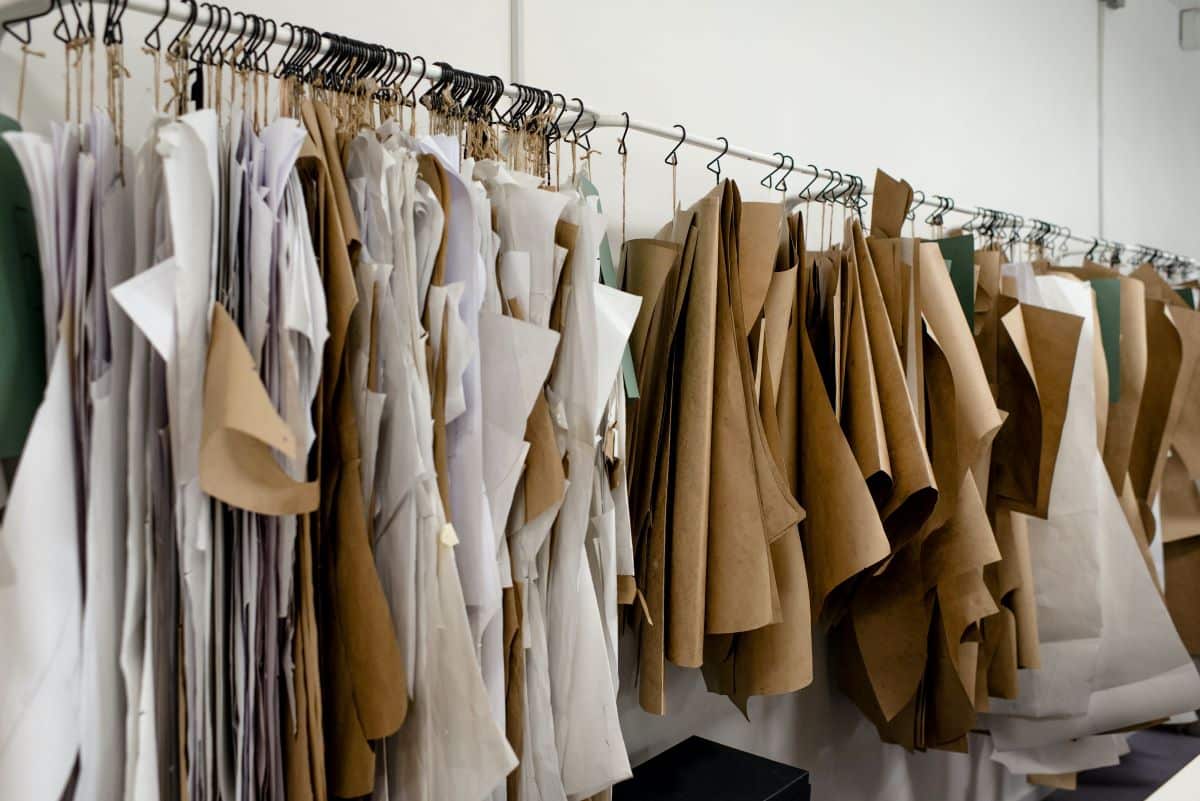
Evaluate Your Business Needs
Assess your experience with sourcing and production
When evaluating your brand’s needs, consider your familiarity with sourcing materials and managing logistics. If you have experience coordinating suppliers and overseeing processes like cut, make, and trim, CMT might suit your business. This approach allows you to maintain control over material selection and design.
However, if you lack expertise in these areas, FPP could be a better fit. It simplifies the process by letting manufacturers handle everything from sourcing to final production.
Consider your budget and resources
Your budget plays a crucial role in choosing the right manufacturing approach. CMT offers cost efficiency for experienced businesses, as you supply materials and only pay for labor and production. However, managing multiple suppliers can lead to unexpected expenses.
On the other hand, FPP involves higher upfront costs but includes comprehensive services, reducing the risk of hidden fees.
Manufacturing Model | Cost Implications | Control Level |
|---|---|---|
CMT | More budget-friendly; brands supply materials. | High oversight. |
FPP | Higher costs due to all-inclusive services. | Less control, more focus on design. |
Tip: Start with smaller production runs to test the market before committing to large-scale investments.
Define Your Priorities
Do you prioritize control or convenience?
Decide whether control or convenience aligns better with your business goals.
CMT gives you full control over material selection and design, making it ideal for niche or custom products. However, this control requires significant effort in sourcing and logistics.
FPP prioritizes convenience, allowing you to focus on growth and creativity while manufacturers handle the technical aspects. While convenience may streamline daily operations, remember to align your choice with long-term objectives like scalability and revenue.
Are you focused on cost savings or scalability?
If cost savings are your priority, CMT offers a more budget-friendly option, especially for small-scale production. You can manage expenses by sourcing materials at competitive prices.
Conversely, FPP supports scalability, making it ideal for businesses planning large-scale production. Manufacturers streamline processes, ensuring consistent quality across high-volume orders. This approach helps you meet market demand efficiently.
Seek Expert Guidance
Consult with manufacturers for tailored advice
Consulting with manufacturers can provide valuable insights into both CMT and FPP. They offer access to advanced production techniques and materials, enhancing your competitive edge. Additionally, FPP manufacturers simplify workflows by managing all CMT processes, allowing you to focus on brand development.
Compare quotes and services
Request quotes from multiple manufacturers to compare costs and services. Look for manufacturers who align with your business goals and offer flexibility in production. This step ensures you choose a partner who meets your quality standards and budget requirements.
Aspect | CMT Strengths | CMT Limitations | FPP Strengths | FPP Limitations |
|---|---|---|---|---|
Cost Efficiency | More budget-friendly | Higher variable costs due to management | Streamlined production | Higher upfront costs |
Control and Flexibility | Stronger grip on production process | Limited scalability | Simplifies production | Less control over materials |
Flexibility in Adaptation | Room for changes in materials and designs | Potential delays for larger volumes | Efficient for big orders | Limited adaptability |
Time Management | Requires more time from brands | Longer lead times | Speeds up the process | Less time for brand involvement |
FAQ
What type of businesses benefit most from CMT manufacturing?
CMT works best for businesses with experience in sourcing materials and managing logistics. If you prioritize control over design and materials or focus on niche, custom products, CMT aligns well with your goals. It’s ideal for small-scale or limited-edition collections.
Is FPP more expensive than CMT?
Yes, FPP typically costs more upfront paid to the manufacturers. The higher price includes comprehensive services like fabric sourcing, pattern making, and quality control. However, it saves you time and reduces risks, making it a cost-effective choice for scaling production or launching a new brand.
Can you switch between CMT and FPP as your business grows?
Yes, you can transition between the two methods. Start with CMT if you want control over materials and design. As your business scales, FPP offers a streamlined solution for handling larger orders and reducing operational complexities.
How do you decide between CMT and FPP for a startup?
Evaluate your resources, professionalism and experience in clothing material and manufacturing. If you lack experience in sourcing or production, FPP simplifies the process and ensures consistent quality. For startups with a tight budget and a focus on unique designs, CMT provides cost savings and creative control. But it is possible that you need to pay full amount to the material suppliers before production.
Which method is better for sustainable fashion brands?
CMT suits sustainable brands that want to source eco-friendly materials directly. You control the suppliers and ensure ethical practices. FPP can also support sustainability if you communicate your preferences clearly to the manufacturer during the design phase.


